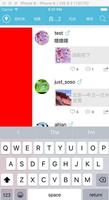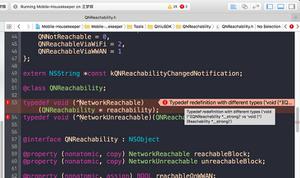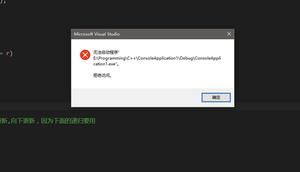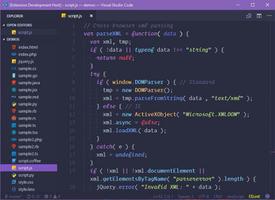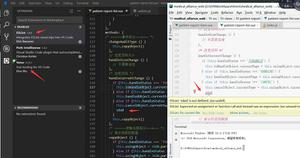什么是AppBar vs ToolBar?
所有material-ui示例均在Appbar中显示工具栏。为什么不只是Appbar?两者有什么区别?
https://material.io/design/components/并
没有 有工具栏组成部分,只有“应用吧:顶”。
https://material.io/develop/web/components/toolbar/表示“现有的MDCToolbar组件和样式将在将来的版本中删除”
那么material-ui工具栏最终会消失吗?
回答:
我正在查看每个组件产生的默认CSS属性。 的主要目的是通过内联显示(子元素彼此相邻)显示其子项,而 则不行。所述
部件用途 显示:柔性 和 弯曲方向:柱 ,该装置直接后代被堆叠在彼此的顶部。另一方面, 使用
display:flex ,但未设置 flex-direction ,这意味着它使用其默认值: row 。就是说,
组件使用 display:inline-block 。这就是为什么在 组件内将元素彼此相邻放置的原因。
让说,例如,我们有一个 与 有两个 S作为孩子:
<AppBar> <Toolbar>
<Button variant="outlined" color="inherit" >
Button 1
</Button>
<Button variant="outlined" color="inherit">
Button 2
</Button>
</Toolbar>
</AppBar>
此代码的结果显示 在此处
但是,如果我们删除 并将 放置在 组件的正下方:
<AppBar> <Button variant="outlined" color="inherit" >
Button 1
</Button>
<Button variant="outlined" color="inherit">
Button 2
</Button>
</AppBar>
其结果将是非常不同的(示出在这里),因为现在的按钮是直接后代的
部件等,它们会在彼此的顶部堆叠。
如您所见, 和 具有不同的用途。这就是为什么我认为 永远不会消失的原因。
以上是 什么是AppBar vs ToolBar? 的全部内容, 来源链接: utcz.com/qa/419802.html

